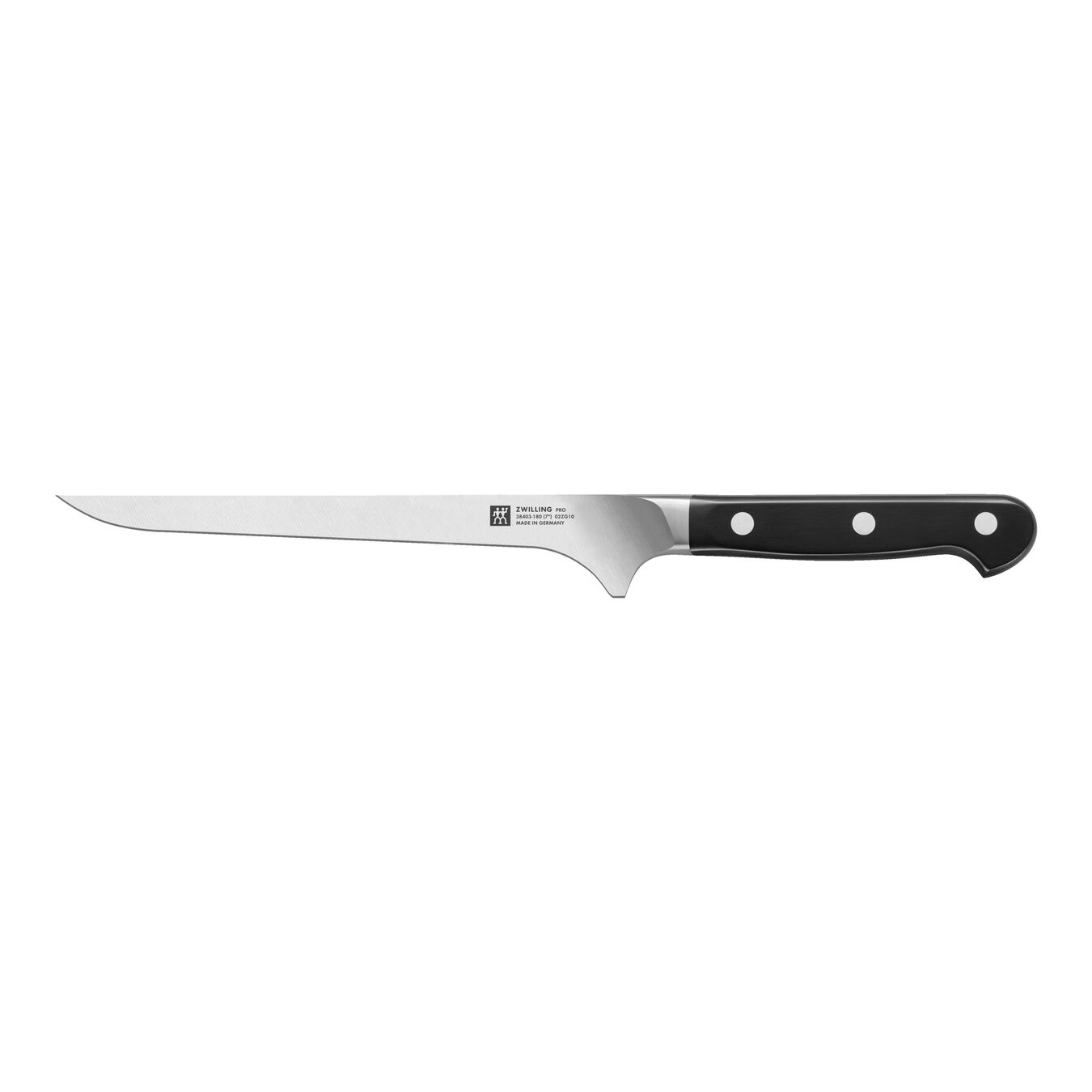Selecting the right knife is the first step to cutting meat like a pro. Knives have evolved to the point where both household and professional cooks have a wide array of specialized blade options to choose from. There are various specialized options for working with different foods and delivering different results.
You may have encountered confusion in differentiating between boning and fillet knives. By definition, filleting involves removing the bones from meat. So, what exactly are fillet and boning knives used for? Is a boning knife the same as a fillet knife? We have compiled some information to help you become more proficient with these culinary knives to clear up this confusion.
Similarities and Differences
There are considerable differences between these two kitchen knives, though, in some situations, you can use them interchangeably. Understanding the details is crucial if you don’t want to ruin your trout or salmon with low-quality cuts. We’ve broken down the main differences as well as similarities here.
Purpose
All their differences boil down to the intended purpose of their usage, which explains why they were designed differently.
A boning knife is used to cut meat away from the bones. It works by slicing through muscle, tendons, fat, and connective tissue. On the other hand, the primary usage of a fillet knife is to separate the skin from the meat.
You can use fillet knives and boning knives interchangeably in some situations, such as outdoor camping. You might find that it’s more difficult to get a cleaner cut using a boning knife to fillet a fish since the blade isn’t as flexible. Additionally, you could only use a fillet knife instead of a boning knife if you’re cutting up a small fish. To find out more about kitchen knives have a look at our best boning knife for deer list.
Design
If you put a boning knife and fillet knife side by side, the most apparent similarity you would notice would be their thin blades having more or less a similar length. That’s where the design similarity ends.
The most prominent distinction is the curve of the two blades; a boning knife has a straight, rigid blade with more potent and stiffer edges than fillet knives, perfect for cutting through the flesh from bones.
Fillet knives have the most flexible blade, having an upward curving blade with a curved tip. This makes them an ideal tool for creating delicate and intricate cuts. However, the thin and flexible blade makes them more likely to break under excessive force.
Blade Length
In terms of blade length, both knives are typically five to eight inches, but various blade lengths are available on the market to suit different fish sizes.
Extra-large boning knives reach up to nine inches to handle significant cuts of meat.
Fillet knives tend to be on the smaller side since they only separate the meat from the skin. The most commonly purchased and popular size is 7.5 inches, perfect for medium-sized fish.
Material
Both knives are either made of carbon or stainless steel. Stainless steel knives are easier to maintain, and they do not rust like carbon steel knives. However, chefs usually prefer carbon steel knives because they are typically sharper than stainless steel knives. On the other hand, regular home cooks prefer stainless steel knives as they don’t rust and are far more durable.
Boning Knife vs. Fillet Knife: Which One Should You Get?
The answer to this depends entirely on your needs and goals. How often do you prepare fish? Do you need to make precise cuts? Or do you need a knife that will cut through meat and bones without issue?
If yes, purchase both if possible. If you’re an aspiring chef or butcher, these knives are a must-have. With both blades, you can do whatever you need quickly.
If it’s not possible to purchase both, think of your most common usages. We recommend the rigid design of a boning knife if you work with tough meats. On the other hand, when it comes to fantastic fish, it’s better to opt for a flexible fillet knife.
There You Go!
Now that you have become acquainted with the general knowledge and differences between boning and fillet knives, you can feel more confident in your cutting skills. So, the next time you are in the market for a knife, you will be aware of the benefits and key features of each and pick the one(s) to give you the best cutting experience.

Gary Portman is the founder and main author of Knivesadvice.com. With his extensive knowledge and experience, he is committed to assisting people in choosing the perfect knife for their needs. Through his articles, Gary shares valuable insights on various aspects of knives. With his expertise, readers can make informed decisions and find a knife that is tailored to their preferences and requirements. You can find more info about Gary here.

